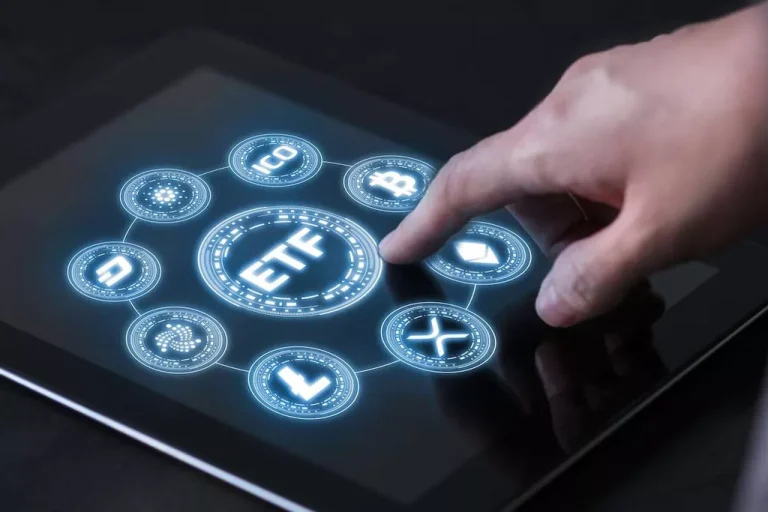The unit communicates with the CPU by way of the information bus and management lines. Via using the address bus and allowing the DMA and RS register to pick inputs, the register throughout the DMA is chosen by the CPU. Imagine a CPU outfitted with a cache and an exterior memory that might be accessed directly by units using DMA.
Samsung Brings Synthetic Intelligence And Well Being Monitoring Innovations To New Units At Galaxy Unpacked 2024
The register which accommodates the amount of data items to be transferred is decremented after each transaction. Having a knowledge stream of 10kB/s can make a CPU with no DMA be so busy and miss up the timing constraints for the applying. The CPU could be seen as if it’s suppressed, and to unleash its full working power this knowledge transfer task has to be handed over to a different unit and right here it comes the DMA unit to offload these exhausting knowledge transactions from the CPU. All registers in the DMA seem to the CPU as I/O interface registers. Subsequently, the CPU can both learn and write into the DMA registers under program management via the information bus.
As you probably can see in the diagram above, the existence of the DMA unit can now direct the data https://www.xcritical.com/ stream coming from the UART peripheral directly to the memory whereas the CPU doing other stuff and calculations. This parallel cooperation between the CPU and the DMA is where the acceleration stems from. A modern x86 CPU might use more than four GB of memory, both using the native 64-bit mode of x86-64 CPU, or the Bodily Address Extension (PAE), a 36-bit addressing mode. In such a case, a device using DMA with a 32-bit address bus is unable to handle reminiscence above the four GB line. The new Double Address Cycle (DAC) mechanism, if carried out on each the PCI bus and the device itself,8 allows 64-bit DMA addressing.
In trendy computer methods, transferring knowledge between input/output gadgets and memory is often a gradual process if the CPU is required to manage each step. To handle this, a Direct Reminiscence Entry (DMA) Controller is utilized. What this primarily does is keeping observe of what reminiscence addresses are in a cache, whereas monitoring any write requests to RAM or CPU caches and either updating all copies or marking those copies as invalid.
Cache Coherency
Note within the diagram above that by incorporating a DMA unit, the data stream from any of the peripherals eg ADC1 or USART1 can now be directly sent to the SRAM with out the intervention of the main processor. The CPU can proceed doing its own duties thereby rising the productiveness of the system. Although not at all times advantageous, the DMA unit might pose some points as nicely. Direct Memory Entry (DMA) is significant for IT infrastructure because it turbocharges information transfer efficiency by releasing up the CPU from handling every byte exchange.
When the CPU accesses location X in the memory, the present value will be stored in the cache. Subsequent operations on X will replace the cached copy of X, however not the external reminiscence version of X, assuming a write-back cache. If the cache isn’t flushed to the reminiscence earlier than the subsequent time a tool tries to access X, the device will obtain a stale worth of X. Obviously, if the CPU has to handle each reminiscence transfer, this begins to influence system performance significantly. For every memory transfer request, the CPU has to interrupt other work it was doing, arrange the switch and execute it, and restore its previous state earlier than it could continue.
This final step paves the way for ongoing processes within the computer system to proceed easily without any hindrance attributable to the exclusive use of resources during information transfers. I created a second DMA demo which is slightly extra complex than the first. As A Substitute of utilizing the DMA in circular mode to continously switch knowledge over UART, the code will set off a DMA switch after pressing and releasing the user button(PA0 pin). After initialiazing UART, the code will configure the DMA controller for UART transmission. Peripheral and memory pointers can optionally be routinely post-incremented after every transaction depending on the PINC and MINC bits within the Fintech DMA_CCRx register.
In this section, allow us to look at the way to configure the DMA unit in STM32 Blue Tablet. Go to DMA Request Settings and choose the Round Mode for steady DMA Request. Additionally, the info path should be marked as Peripheral to Reminiscence. Assume that you’re a husband, and you have one wife, and one child in your family.
Depending on the particular system architecture this might be done fully in hardware, or a combination of hardware and software program. In the simplest computer system structure, all management lies with the CPU (Central Processing Unit). This means not only the execution of instructions that affect the CPU’s inner register or cache state, but also the transferring of any bytes from memory to to gadgets, similar to storage and interfaces like serial, USB or Ethernet ports.
- In this text, we will focus on memory-to-memory information transfer utilizing the DMA.
- As we’ve explained, DMA is a technology that enhances information transfer efficiency in computer techniques.
- For channels, both the channel number determines the priority (as with the 8237), or it may be set in the DMA controller’s registers (as with the STM32F7).
If you look at the block diagram, you will notice that the CPU has a separate Ibus for Flash entry. Since the SPE’s load/store directions can read/write only its own native reminiscence, an SPE completely is dependent upon DMAs to transfer data to and from the principle reminiscence and native memories of different SPEs. Thus the DMA acts as a main means of data switch amongst cores inside this CPU (in contrast to cache-coherent CMP architectures similar to Intel’s cancelled general-purpose GPU, Larrabee). Transparent mode takes essentially the most time to switch a block of knowledge, but it’s also the most efficient mode in terms of total system efficiency. In clear mode, the DMA controller transfers data solely when the CPU is performing operations that don’t use the system buses. During initiation, the DMA controller identifies and prioritizes incoming requests based mostly on predefined criteria.

DMA Controller is a sort of control unit that works as an interface for the information bus and the I/O Devices. As mentioned, DMA Controller has the work of transferring the info without the intervention of the processors, processors can management the info switch. DMA Controller also contains an handle unit, which generates the address and selects an I/O device for the switch of information. Direct Memory Access (DMA) uses hardware for accessing the memory. It has the work of transferring the data between input, output devices and main reminiscence with very much less interplay with the processor. The Direct Reminiscence Entry Controller is a control unit, which has the work of transferring knowledge.
This leads to faster response occasions for input/output operations and higher utilization of system resources. In dual-ended DMA, the DMA controller can provoke learn and write operations independently with out involving the CPU for each transfer. This enhances efficiency by decreasing CPU involvement in managing information movement duties. We have linked the microphone to the microcontroller and we have to seize the audio data through an I2S peripheral.



